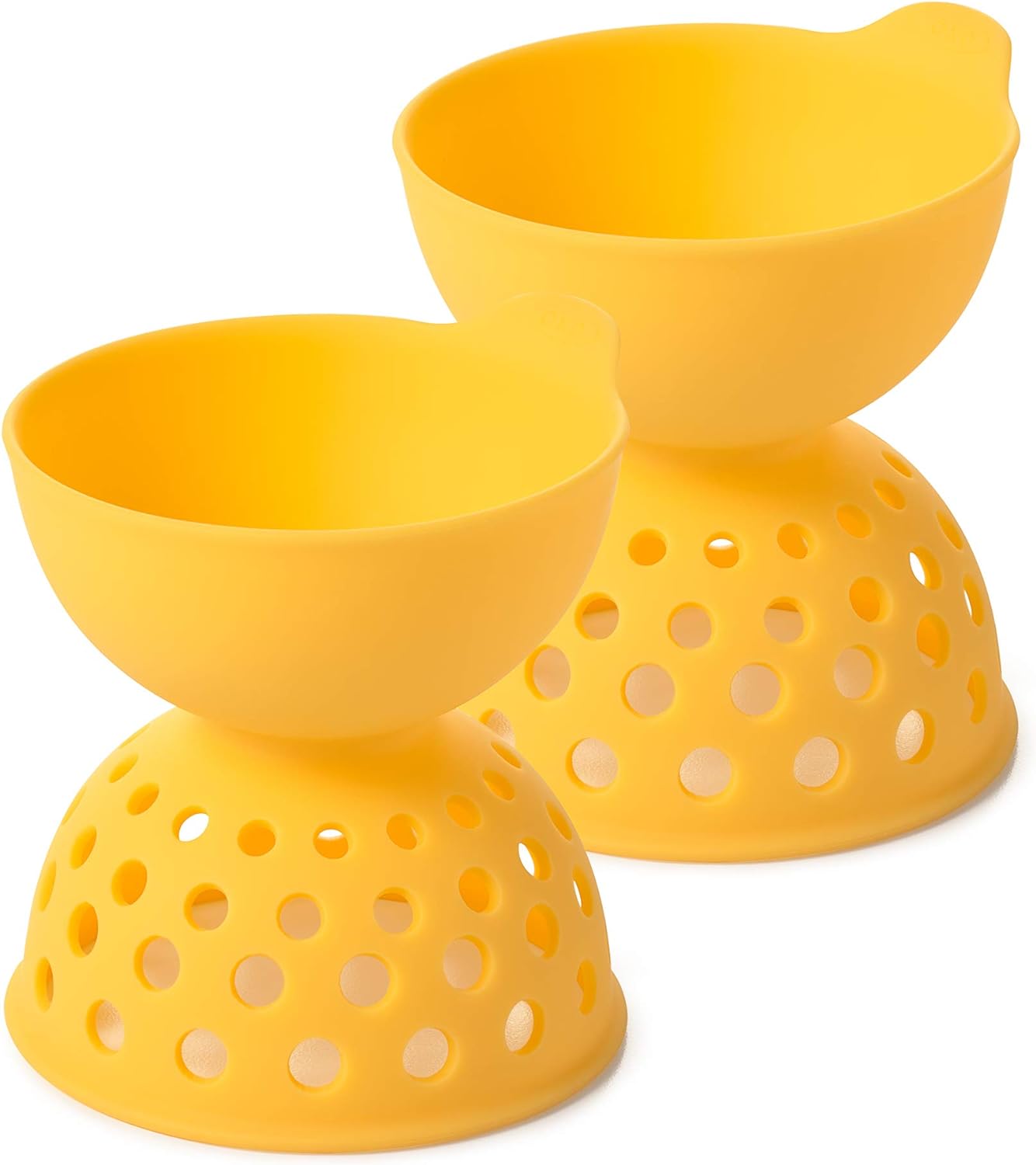Year after year, the digital cameras get sharper and sharper. The latest phones boast ever-higher pixel counts, while DSLRs offer hundreds of features and tools to get the perfect shot.
But that’s not where the really interesting photography is happening. Beneath the shiny surface of perfect pixels, photography is being transformed by a surprising revival in analogue.
‘It is a very different experience, shooting on film’ says Paul McKay, founder of photography boutique Analogue Wonderland. ‘There’s a uniqueness to it. Everyone has digital. Film offers a way to produce different results but also to stand out a bit’.
McKay’s story is familiar: after inheriting his father in law’s 35mm camera, his interest in photography suddenly became an obsession. Like many Millennials, the tangible, physical qualities of shooting on film – and its challenges – absorbed his attention in a way that digital couldn’t. Then he really got drawn in.
‘Outside of London, nowhere seemed to stock a decent selection of film. I lived in Yorkshire and the choices were limited. And there were a huge number of brands that were coming into the market that were very difficult to find. So I started Analogue Wonderland, a home of all things analogue to make it easy for people to get shooting on film’
French photographer Vincent Moschetti, founder of the blog On Film Only, is another convert. ‘I came back from a trip to Iceland with thousands and thousands of photos. But since my job involved sitting all day long in front of two large iMacs, surrounded by screens, I had no energy to process the photos. I gave up. I didn’t even look at the photos from Iceland’ he explains. ‘But I did develop some photos from my disposable camera. And although they’re not the best photos you’d see of Iceland, it was fun. Each shot was meaningful, unlike the thousands of photos I was taking on the digital camera’
‘From the day I saw those photos, I made a choice’ says Moschetti. ‘I sold all my digital gear – all my cameras and lenses – and decided to commit to film for at least a year. So I started a blog about it, documenting my journey into film photography’
McKay and Moschetti symbolise a surprising and growing trend towards analogue photography. At this year’s upcoming The Photography Show, the UK’s largest event dedicated to the medium, a new stage is being devoted entirely to analogue for the first time. It’s a sign of analogue’s comeback.
Photography is a very intimate, personal medium. But the motives behind the return to analogue are widely shared. The benefits of slowing down, of being constrained by the medium rather than having infinite choices, are invoked often. ‘You have to wait for them to develop, you anticipate what they will look like, and that excitement, as a photographer, I had never felt that before’ Moschetti explains.
‘The limits make it meaningful’ McKay agrees. ‘Your options are much more narrow in analogue photography. You can relax into taking the photograph rather than worrying about endless options’
From vinyl to hardback books, board games to craft ale, a backlash against digital has created a rebirth of traditional formats which even a decade ago seemed dead and buried. A generation of ‘digital natives’, accustomed to the power and variety of screen-based formats, seemed poised to consign all the traditional media to the dustbin. Instead, the opposite happened.
McKay’s convincing explanation for this surprising turnaround focuses on how fresh and exotic analogue methods appear to audiences who’ve never experienced them before: ‘The generation that’s coming through, the late teens and early 20s, have never shot film, nor remember their parents shooting on film. They’ve grown up only ever seeing digital, thinking photography is just digital. The idea that it can be a slower, tangible, and artistic form, is new to them – and very exciting’
As the screens in our life multiply, the value of non-pixelated experiences increases. Many people are finding something precious in physical, limited media which demand more of your time and attention. It just feels different.
‘The biggest surprise was in the sensation’ Moschetti nods. ‘Analogue forces you to slow down, to pay more attention to what you’re doing. It even made me slow down as a person and appreciate things for what they are’
Authenticity is another big draw. McKay explains how powerful this urge for a genuine connection can be: ‘When I see people getting into analogue, so often it’s because they’ve inherited the camera from their parents or grandparents. There’s a heritage to them, they’re real historical objects. To be able to go out and use that, compared to a DSLR or a camera phone that needs updating every two years, is special’
So how does it actually change your photography? Moschetti laughs. ‘Well for a start I’m using photoshop a lot less!’ he says. Moschetti recalls spending hours and hours fiddling with his photographs, trying to get just the right effect. ‘Now my photography is more organic. Maybe the photos aren’t better, but they’re more meaningful to me, and that’s what matters’
McKay, whose talk at The Photography Show 2020 is about the huge variety of emulsions available to analogue photographers, emphasises how much you can achieve without digital enhancement. ‘Whatever you have in mind, there is a film for that’ he says. ‘You don’t have to spend hours on Photoshop to get that effect. People sometimes worry that you can’t get interesting effects without digital. It’s like, no, no – you can!’
Moschetti concurs, connecting unlimited options of digital to a decline in creativity. ‘Our brains cannot make decisions with so many choices at hand. Which ISO, which white balance, which lens? It’s too much. Film is self-limiting. There’s more room for you to breathe and have ideas for photography, rather than about the gear or spending time behind the screen. You appreciate photography for what it should be’
Nevertheless, both men agree that there’s still a place for digital. ‘There’s room for both a decent digital camera, phones, and analogue together’ says McKay. ‘The most passionate often own all three. Photography will absorb analogue back into it alongside digital’ he predicts.
So where next for analogue? McKay predicts that analogue will outlive its current boom. ‘Certain aspects are just fads. But what’s come through is structurally sustainable. Things won’t coming crashing down. A lot of the big companies have all revitalized themselves for the new analogue industry. They don’t need to grow massively in order to survive. So I’m optimistic.


 Home3 years ago
Home3 years ago
 Medical3 years ago
Medical3 years ago
 Gadgets3 years ago
Gadgets3 years ago
 Environment3 years ago
Environment3 years ago
 Medical3 years ago
Medical3 years ago
 Energy3 years ago
Energy3 years ago

